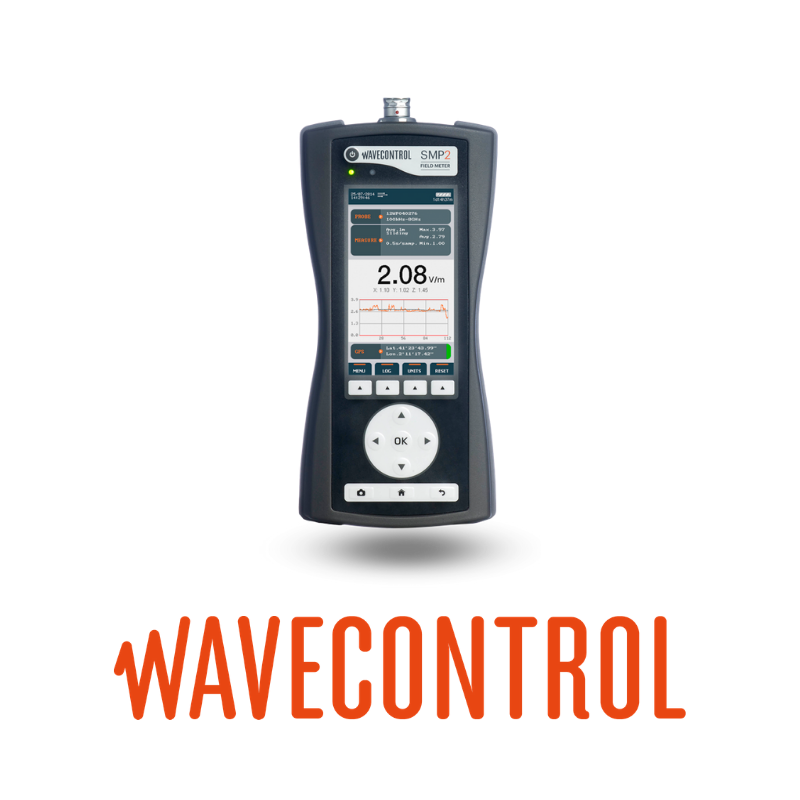Exposure to EMF Radiation
The Australian Radiation Protection and Nuclear Safety Agency (ARPANSA) has a safety standard that regulates exposure to EMF radiation. It is known as the EME Safety Standard and an informative and easy to read information leaflet can be downloaded by clicking on the below link:
Whenever electrical energy is used an electromagnetic field (EMF) is generated. These fields may induce small circulating currents within the body. In most everyday situations the levels of induced currents inside the body are too small to produce obvious effects. The main effect of radiofrequency electromagnetic fields is heating of body tissues. What is important to stress is that there is no evidence to suggest that exposure to EMF radiation can cause long term health effects such as cancer.
Electromagnetic fields (EMFs) are present whenever electrical energy is used.
Electrical energy is used in many daily applications. As well as the obvious sources such as power lines, electromagnetic fields are also generated by telecommunications networks, public broadcast infrastructure such as radio and TV, wireless technology such as Wi-Fi, and the use of personal devices including mobile phones, laptops and tablets.

The EME safety standard has been developed with an abundance of precaution by ARPANSA, so that there is no risk of heating occurring in the body.
It has been developed based on the ICNIRP (international Commission for Non-Ionizing Radiation Protection) guidelines. The ARPANSA RF Standard (RPS S-1) is designed to protect the public and workers from exposure to RF EME by setting exposure limits.
The Standard is based on scientific research that shows the levels at which harmful effects occur and it sets the exposure limits, based on international best practice, well below these harmful levels. The Standard is designed to protect people of all ages and health status against the known adverse health effects from exposure to RF EME
The Wavecontrol SMP3 EMF field monitor meets the exacting demands set out in the ARPANSA RF Standard (RPS S-1) “on the minimum health and safety requirements regarding the exposure of workers to the risks arising from physical agents (electromagnetic fields)”.

The SMP3 is available from ADM Nuclear Technologies. The below video gives you an introduction to the SMP3 and how it can be used to protect workers and the public from exposure to EMF radiation.
Weighted Peak Method up to 10MHz
RF transmission is complex seldom comprising a single spectral component, therefore using RMS values for reference exposure levels is unsuitable for this purpose. The WPM method better emulates physical and biological effects on humans and has been chosen as the reference assessment method for non-thermal effects in the frequency range 1 Hz to 10 MHz.
Implementing the WPM in measurement devices has engineering challenges and is generally limited to 400kHz.
The SMP3 has implemented the WPM up to 10MHz and now fully complies with LF standards as well as being unique in the market.
For further information please contact ADM Nuclear Technologies.
IS THIS INFORMATION USEFUL?
If so, why not share it with your peers and colleagues. Simply click on the blue LinkedIn share icon below.

